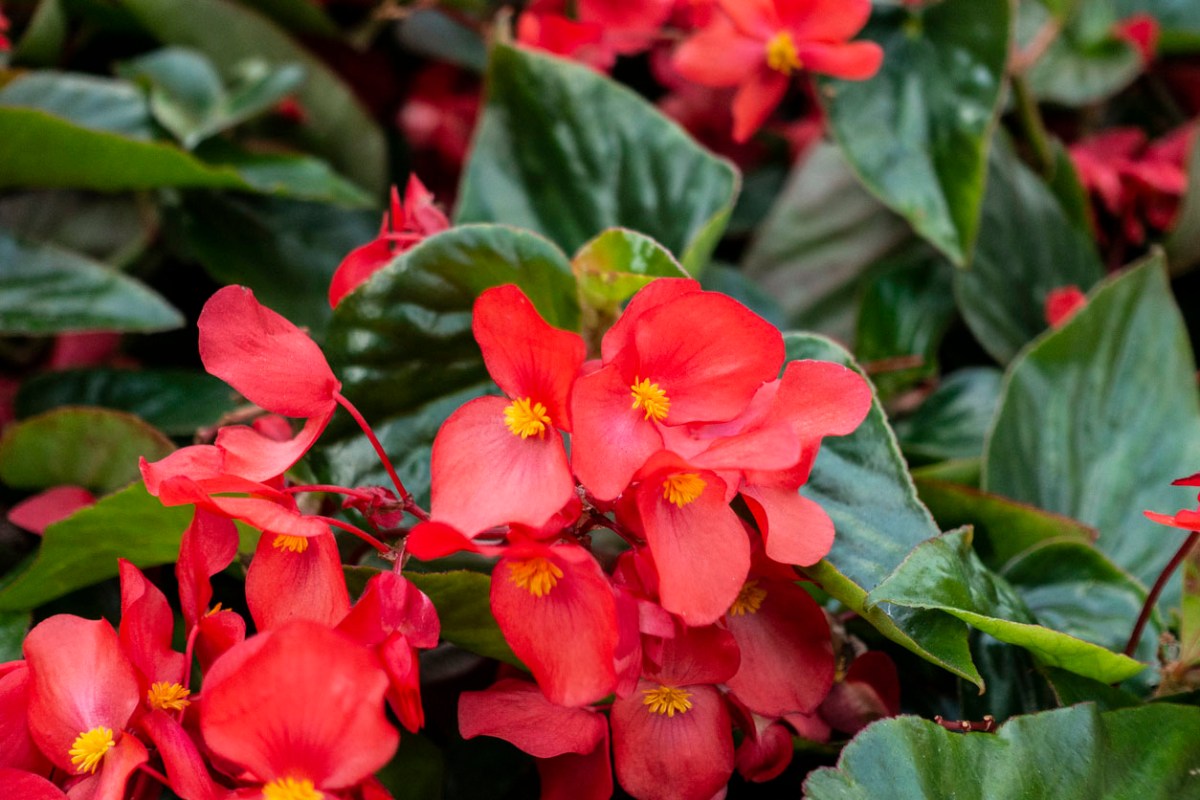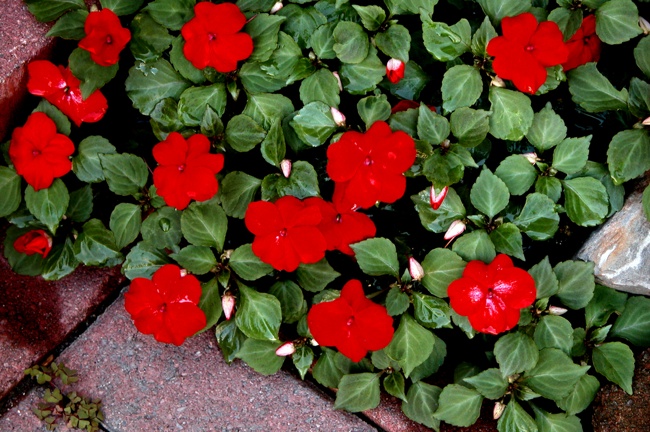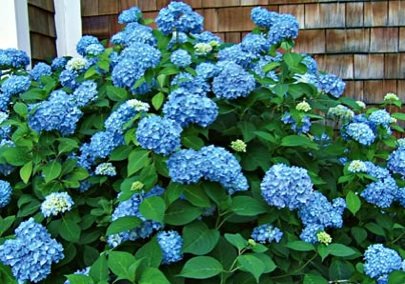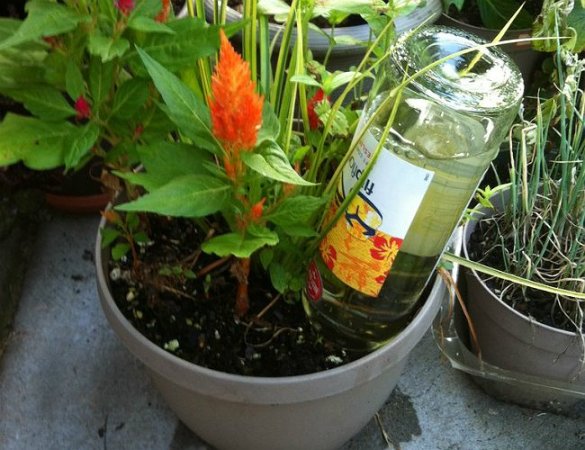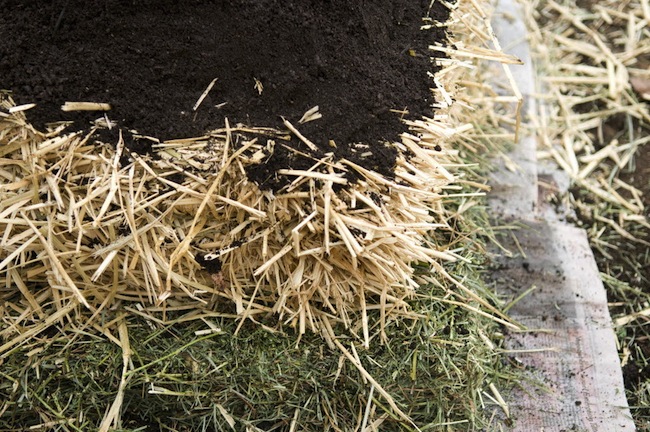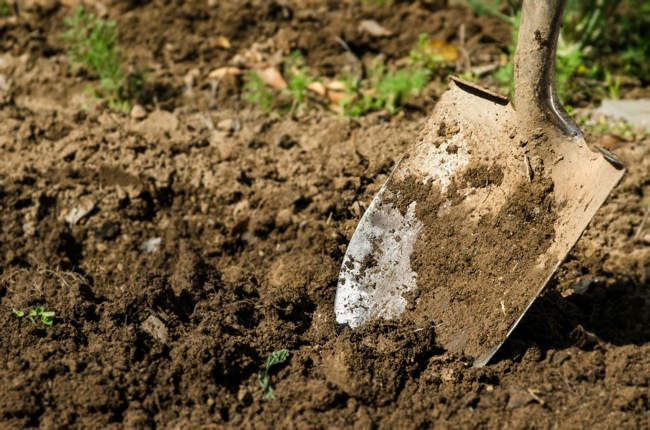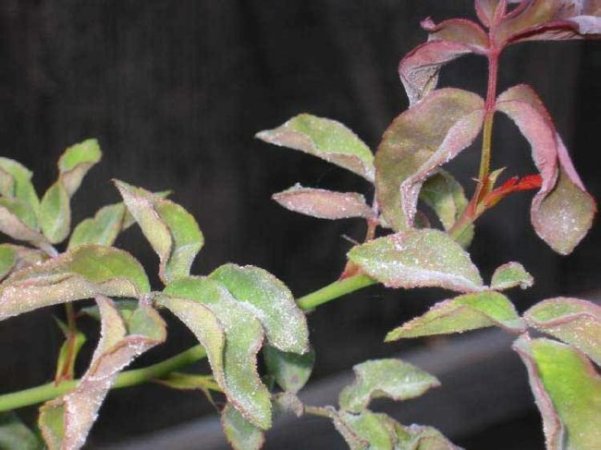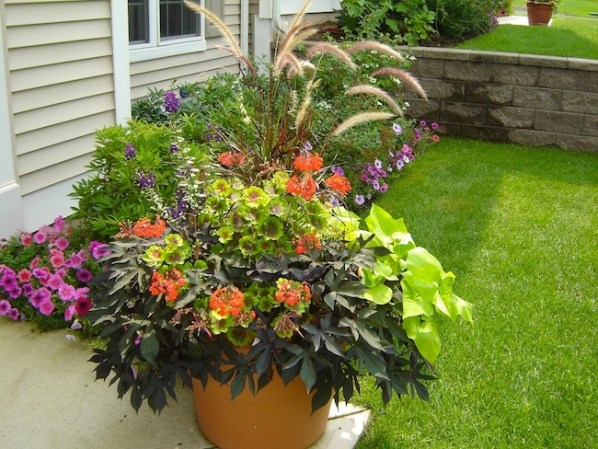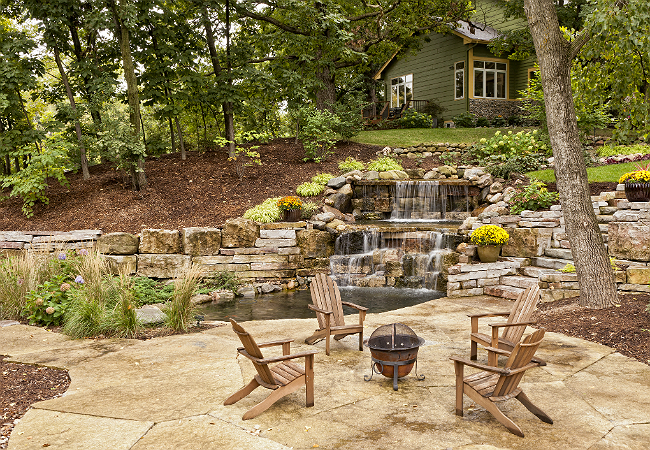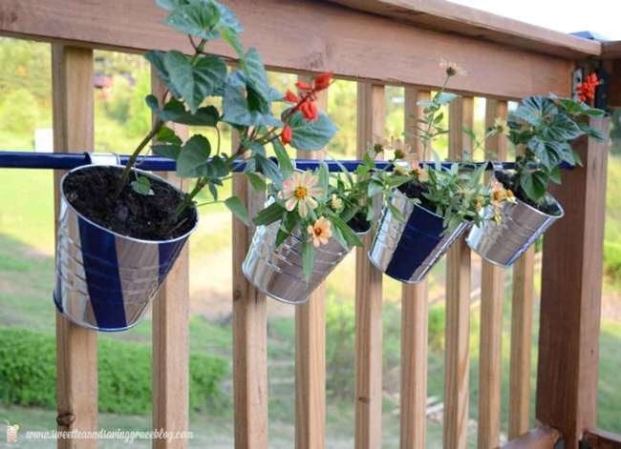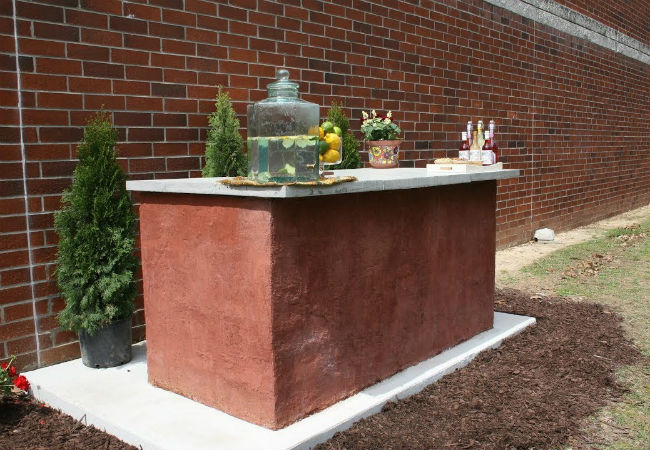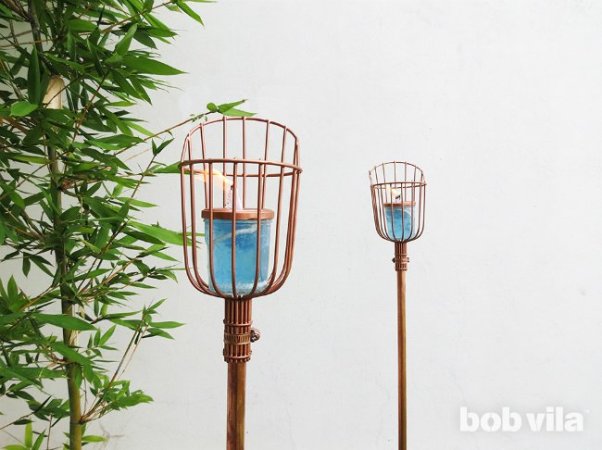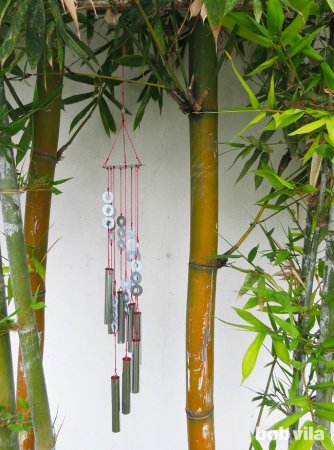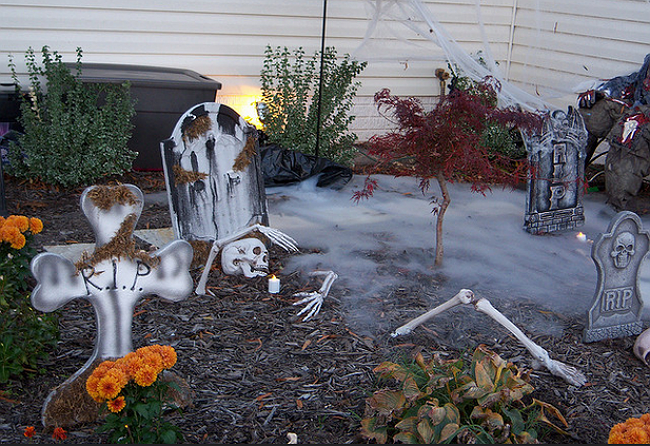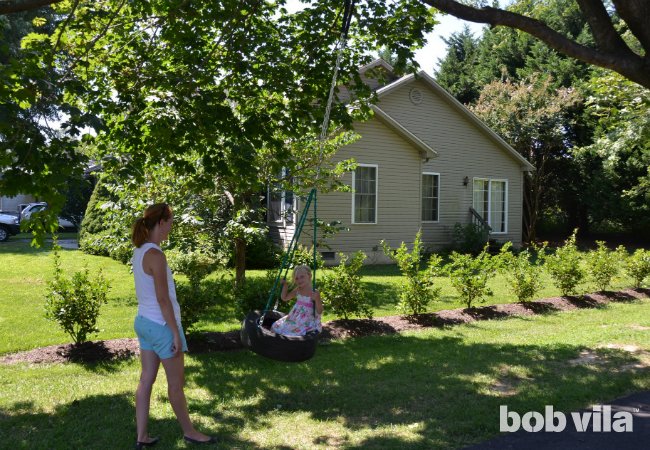We may earn revenue from the products available on this page and participate in affiliate programs. Learn More ›
Prized for their prolific blooms in a rainbow of colors—from creamy white and soft pink to shades of deep rose and crimson red—begonias are favorites of home gardeners everywhere. Make neighbors jealous with the addition of your own this season. This complete guide will help you identify the perfect plant and outline the necessary begonia care to help it thrive in your garden or container.
Begonia Types
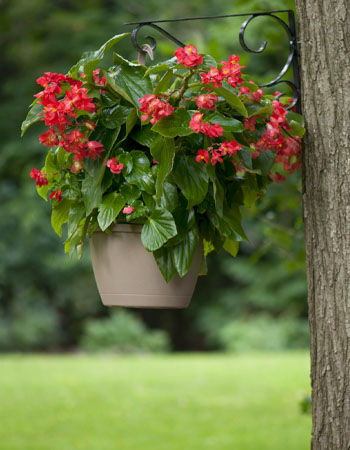
With more than 1,200 known species, the Begoniaceae family is one of the largest flowering plant groups. Even so, it’s relatively simple to identify begonias because all of its species fall into three main types, sorted by their root systems.
Tuberous Begonias
Tuberous begonias, which are grown from potato-like tubers, make popular bedding plants (or first-choice options for the flower bed) due to the fast growth of their showy blooms that last from early summer to late fall. They range in height from a few inches to over a foot, and they produce single or double blooms—some reaching up to 6 inches in diameter, depending on the species.
Rhizomatous Begonias
Known better for striking foliage than blooms (although some species are flowering), rhizomatous begonias are characterized by roots resembling knobby, horizontal stems that creep along the surface of the soil. The leaves on this type of begonia can be quite colorful, ranging from nearly white and soft yellow to deep purple, green, and red, often in exotic combinations and patterns.
Fibrous Begonias
The roots of a fibrous begonia look like typical plant roots that extend downward into the soil. These attractive flowering plants also come in a wide variety of colors for use as bedding plants or container plants. If you’re looking for blooms to plant in (shaded) window boxes and hanging baskets, select a species of fibrous begonias that develops long, soft canes; these bamboo-like stems will spill over the edge in a showy burst of color.
Popular Begonia Species Cultivars
According to the American Begonia Society, hundreds of the plant’s species come from around the world (with the exception of Europe and Australia) and with a variety of characteristics. With so many cultivars to choose from, it can be tough to narrow the best begonia list. Knowing the following popular begonias might help.
- ‘Charm’ Begonia (Begonia semperflorens). This popular wax begonia is a compact bedding plant growing to less than a foot, with variegated leaves and pink flowers.
- ‘Wax’ Begonia (Begonia semperflorens). Use wax begonia, with its deep green leaves, as a shade-loving annual or a tender perennial in warm zones.
- ‘Dusty Rose’ Begonia (Begonia × tuberhybrida). Solenia Dusty Rose bursts with mauve-rose blooms when grown in sun or light shade and rises to a slightly mounded plant about a foot in diameter.
- ‘Richmond’ Begonia (Begonia semperflorens). Reaching about 2 feet tall when mature, this pretty begonia with pink and white blooms can grace shade-placed hanging baskets and containers.
- ‘Mocca Yellow’ Begonia (Begonia × tuberhybrida). Add bright yellow flowers to shady and partly shaded areas with Nonstop Mocca Yellow, a tuberous hybrid with double flowers above dark foliage.
- ‘Rose Begonia’ (Begonia × tuberhybrida). The Roseform Rose tuberous begonia blooms from late spring into early fall with smooth-petaled, symmetrical rose-colored blooms.
- ‘Red Tempest’ Begonia (Begonia semperflorens). This begonia’s foliage wows as much as many flowers, with dark green veins and a purplish tint at the center, all under pink flowers.
- ‘Cocktail Series’ Begonias (Begonia semperflorens). Choose from a cocktail of white, pink, or scarlet red flowers on bronze-colored foliage in this begonia series.
- ‘Doublet White’ Begonia (Begonia semperflorens). Glossy green foliage contrasts with the pure double white flowers on this popular begonia.
- ‘Torch Pink’ Begonia (Begonia aconitifolia × Begonia coccinea). Gardeners can go big and go pink with this cane-type begonia that grows up to 4 feet tall (or long when hanging) begonia with delicate pink blooms.
- ‘Rex’ Begonias (Begonia rex var.). Add some variety to your begonia collection with Rex Begonia, featuring arrowhead-shaped leaves in a variety of colors for a popular indoor plant.
Where Do Begonias Grow?
With the exception of one or two species, begonias are tropical or subtropical plants and can be grown as perennials (dying back in fall and regrowing in spring) in zones 9 and 10 of the USDA Plant Hardiness Zone Map.
In most of the U.S., however, begonias are treated as annuals (planted for a single growing season) or indoor specimen plants. They prefer daily temperatures around 75 degrees Fahrenheit and overnight lows in the mid-60s, but they can often tolerate higher temperatures with protection from harsh sun rays.
Begonias can be transplanted to the flower garden in late spring as soon as the danger of frost has passed. They will thrive—even bloom, depending on the variety—from then until fall when overnight lows dip below freezing.
5 Tips on How to Care for Begonias
Favorite begonia conditions vary by cultivar, as do their bloom and leaf traits. Still, most have similar cultural requirements, including light, soil, water, and fertilizing. Here are a few tips on care of begonias.
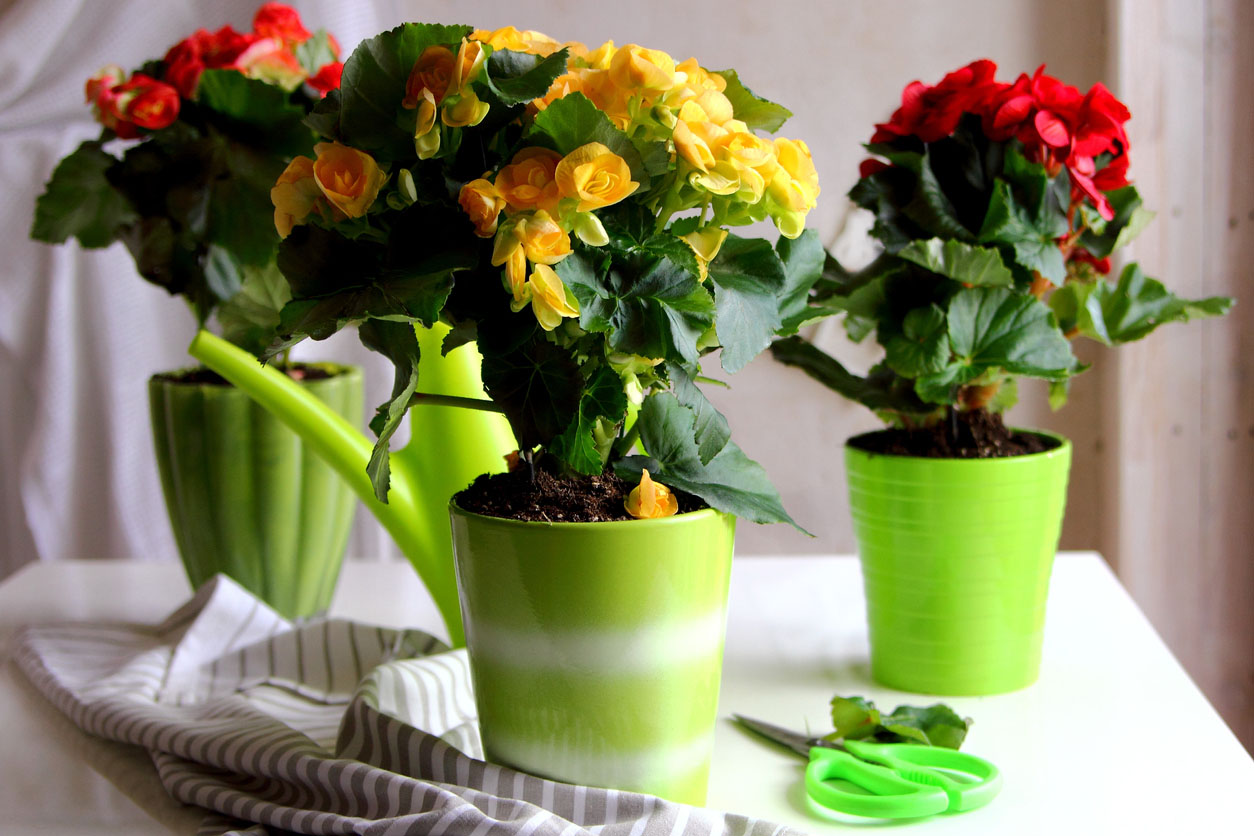
1. The Right Light for Begonias
While begonias can’t tolerate hours of direct sunlight, these plants bloom in a combination of partial shade and soft light. The best location for this compromise is on the north or east side of your home, beneath a large tree or covered patio to filter the sunlight.
In more densely shaded spots, flowering tuberous and fibrous begonias tend to develop more leaves than blooms, though rhizomatous begonias (which are grown for their foliage) will flourish.
2. Begonia Soil and Water Needs
Ideal begonia care requires well-drained soil that has been amended by the addition of organic matter, such as compost and peat moss. While they enjoy humid conditions, they don’t like “wet feet;” soggy soil can cause their roots to rot.
In dry weather, supplement Mother Nature’s care of begonias with a rejuvenating fine mist via the sprinkler for 15 minutes in the heat of the afternoon. Plus, add sufficient bottom watering fairly regularly—remember, add just enough to keep the soil lightly damp but not waterlogged.
3. Feeding for Blooms
For healthy plants and abundant blooms, apply 10-10-10 liquid fertilizer (view example on Amazon) diluted at a ratio of three parts water to one part fertilizer when you first plant (or transplant) your begonias and approximately every 3 weeks thereafter.
Begonias respond better to fertilizer solutions poured around their base rather than sprayed directly on the plant; the tender leaves and stems of some species can be injured by direct contact with strong fertilizer sprays.
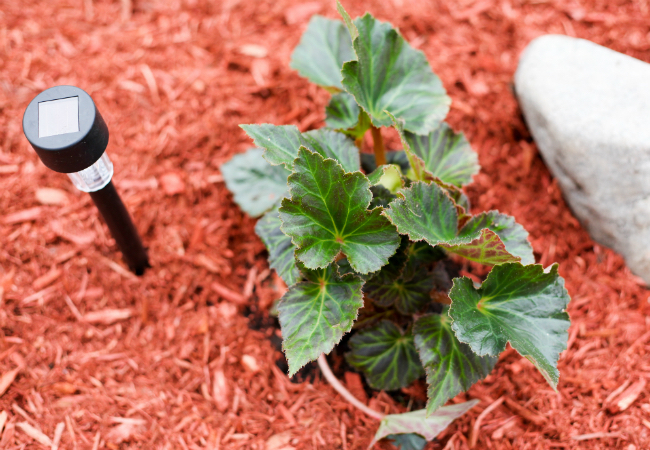
4. Growing and Propagating Begonias
When filling out your flower bed, you can either purchase blooming begonias from any garden center in late spring or grow these bedding plants from seeds, rhizomes, tubers, or roots. If you choose the latter method, start them indoors in late winter so that they have time to mature before you transplant outside in warm weather. This begonia care practice, known as “forcing blooms,” will ensure that your begonias begin flowering just as soon as you plant them in the garden.
Fibrous begonias are the easiest of the three begonia types to start from cuttings, but you also might have success taking cuttings from some other types of begonias. Take a few stem cuttings about 4 inches long each from your favorite plant, dip each in rooting hormone, and plant them in moist peat moss. Once they develop roots, they can be overwintered (as described below) for replanting in your garden again next summer.
Whether from the nursery or started indoors, young begonias are ready for planting in the garden any time after the risk of frost has passed. Prepare the soil by tilling it well to break up any clods before planting. Water the young begonias frequently for the first 2 weeks to keep the soil slightly moist, but avoid letting them stand in water.
5. Overwintering Begonias from Your Garden
Species of rhizomatous and fibrous begonias are among the easiest to overwinter, since both types can be dug up (or left in a container) and brought indoors to overwinter as houseplants. They require a spot near a window where they receive filtered light during the winter months.
Many overwintered begonias are susceptible to fungus problems—which is rarely an issue outdoors, thanks to breezes that help circulate air through their leaves—so it’s a good idea to spray the plants with a broad-spectrum fungicide when you bring them indoors. Keep the soil of overwintering begonias damp but not saturated, and water them near the bottom to keep their leaves dry.
Tuberous begonias, on the other hand, can be difficult to overwinter, because the tubers can rot or die if they get too warm or too cold, or if they develop fungus—don’t feel bad if yours don’t survive indoors for the season. Most tuberous begonias naturally go dormant during late fall months, and they need this downtime to rest.
For the best chance at saving the tubers in your garden, transplant them into pots and bring them indoors in fall before frost. Keep the soil only slightly moist and, when the stems die back, allow the soil to dry out. Remove the dormant tuber from the soil and treat it with a garden fungicide powder before storing it in a dry indoor location between 55 and 65 degrees until late winter. Replant the tuber as described above to force blooms in time for spring.
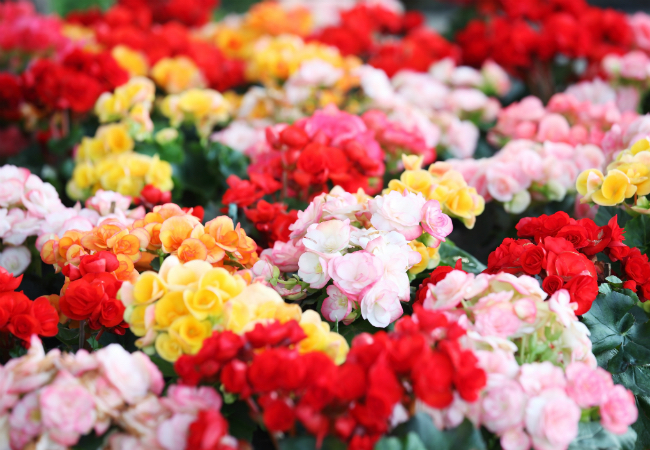
FAQ About Begonia Care
How do you keep begonias blooming?
Many begonia varieties are bred for continuous bloom with little to no effort. Fertilizing can help keep the blooms coming. Use a balanced fertilizer every 2 weeks, and make sure the begonia gets the right amount of sun, shade, and water.
Do begonias come back year after year?
Most begonias are annuals (last only one season). You can save tubers from tuberous begonias to replant the next year or bring annual begonias in as houseplants in winter. Some rhizomatous and hardy begonias (B. grandis) are perennial, or come back year after year, in warmer regions.
What month do you plant begonias?
Timing varies by region, especially by average last frost date in spring (typically May, depending on climate). Tuberous begonias cannot grow in cold soil, and any begonia might suffer damage from temperatures below 50 degrees. So late spring is the best time to plant begonias from a nursery or indoor seeds.
Why do my begonias keep dying?
Begonias typically die back, or at least go dormant, in fall. A freeze will kill most. But if begonias growing as bedding or container plants in summer die, the cause is most likely stem or rhizome rot. Even though these are tropical plants, they prefer soil that is moist, not soggy. Overwet soil can damage the plant.

